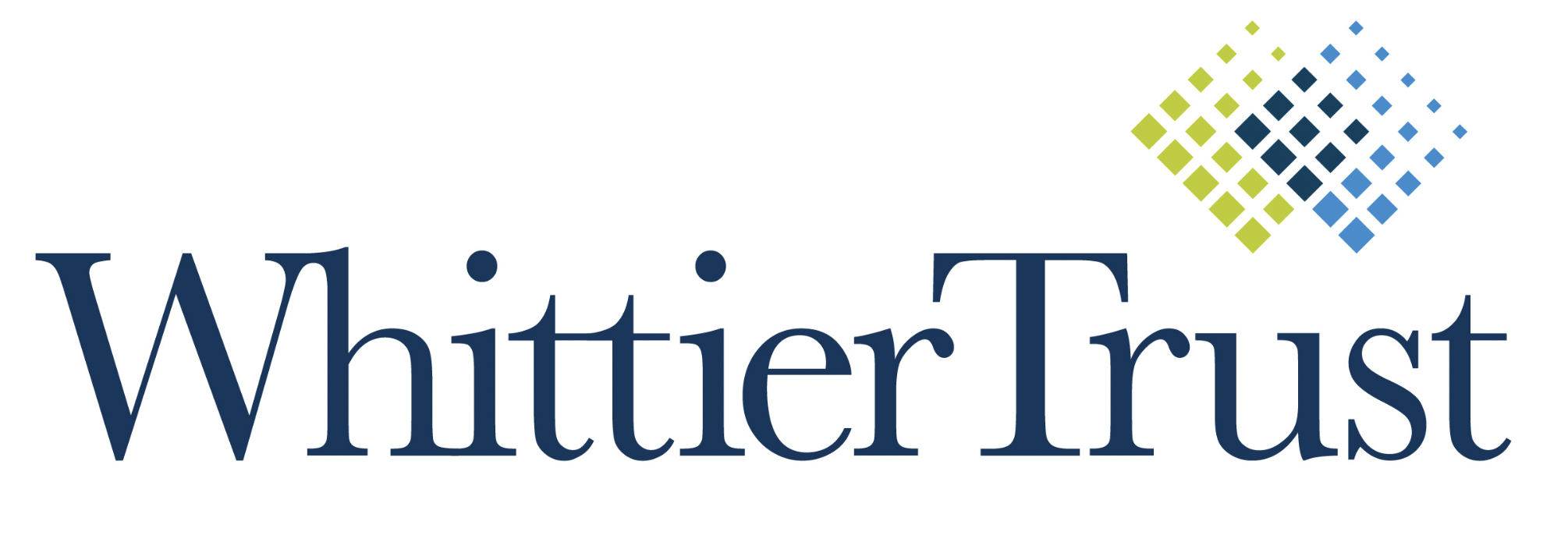Right now, the lifetime exemption for gifts and estates is the highest it has ever been—$11.58 million for individuals or a $23.16 million joint exemption for married people. But this number isn’t permanent and could change. That’s why financial advisors are saying it’s a smart idea to put vehicles in place, like trusts, to enable seamless lifetime gifting.
“Some people are waiting to do things based on how things land, politically, but that could leave them scrambling if things were to change,” said Rebecca Duguid, a senior vice president and client advisor at Whittier Trust. “The earlier you get the process started, the better.”
Having vehicles in place now can give you the maximum flexibility in terms of gifting to kids and grandkids — and can also help your children and grandkids learn how to be wise stewards of your wealth. That’s because, while “trust fund kid” has become a cliché, having access to a trust fund can help people in their twenties and thirties manage money effectively, especially when working in tandem with a financial or trust advisor.
Giving yourself time and space to answer these questions now and setting up effective trust vehicles for the future can also allow you the time to watch your children or grandkids enjoy and safeguard your wealth. “We want to pass our wealth down to the next generation, and hope they’ll do the same,” said Duguid. Here are some things to consider when you begin gifting to the next generation.
Ensure Your Heirs Have What They Need
One “easy” way to divide wealth is to create what is called a pot trust. In this scenario, Duguid explained, the money is in one trust, with equal access given to children to request distributions. A trustee will be named, and then, a distribution will be made if the trustee agrees to a request. Distributions can have provisions, such as health, maintenance, support, or education expenses. While this trust may seem “simple,” Duguid said that it could create fractures in families.
“Different children will have different needs, so family dynamics can be much easier to manage when you create separate trusts,” said Duguid.
It’s also smart to consider how you want the trust dispersed—and what makes the most sense for the family’s needs. “Every client does it differently, giving money to children at different ages. You have to consider at what ages your children are going to be able to manage and be good stewards of the wealth you are passing down,” said Duguid.
This type of trust can be a helpful way to guide adult children through milestones such as real estate purchases, marriage, and children’s educations—without running the risk that they will “blow through” the trust. There may also be trust setups that accommodate your legacy wishes, such as establishing a dynasty trust that can be accessed by heirs long after the lifetime of your original beneficiaries.
Consider Your Assets And Share Your Plan
A diverse portfolio of real estate holdings, businesses, and private assets can complicate lifetime gifting. That’s why it can be a good idea to work with an advisor who has deep trust experience to create multiple trusts based on your holdings and your financial wishes. For example, if you have a business or real estate holdings, you may consider establishing an intentionally defective grantor trust to hold assets. This can remove appreciated assets from your estate to pass along to your children while allowing gifts to grow, and the grantor pays the taxes.
“We have many families that own businesses, and they are trying to figure out the best way to gift the business, especially while the lifetime gift exemption is at an all-time high,” shared Duguid. One example of this type of arrangement, “Parents are in their seventies and are still heavily involved in the business and were able to set up an intentionally defective grantor trust.”
In this example, the kids are involved in the planning process, which can be helpful in keeping everyone involved on the same page. If you are planning to pass down a business or real estate holdings, it can be smart to speak with a professional to find out the best way to do so.
Lifetime Gifting Works Best With A Fiduciary
High-net-worth individuals know that wealth is a big responsibility—which is why Duguid said it is a smart idea to make sure your children and grandchildren have a fiduciary to guide them through financial moves.
The amount of interaction you or your heirs want with a wealth advisor is personal—and can change over a lifetime. “We have some relationships where our involvement is less while we have others where we guide them through life decisions such as buying a house and getting a prenup,” said Duguid.
Make Plans To Gift Today
Of course, you may not be ready to seed a lifetime gift into a trust. But the important thing, Duguid said, is to have vehicles in place, have your questions answered and have time and space to consider the psychological and financial implications of gifting during your lifetime. The decisions—who to choose as a trustee, how you want your assets distributed, distribution provisions—can also take time, conversations, and professional consultation. But making these moves now can save your loved ones money later.
“The last outcome you want is to have to pay estate tax because you did not take advantage of the lifetime gift exemption, that is currently at an all-time high and is anticipated to go down substantially” said Duguid.
Written in partnership with Forbes BrandVoice.





